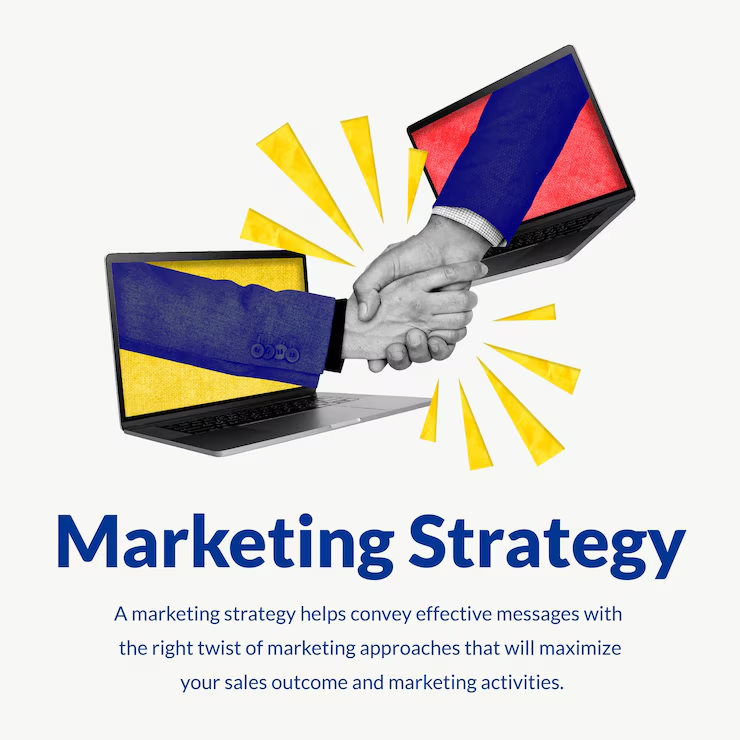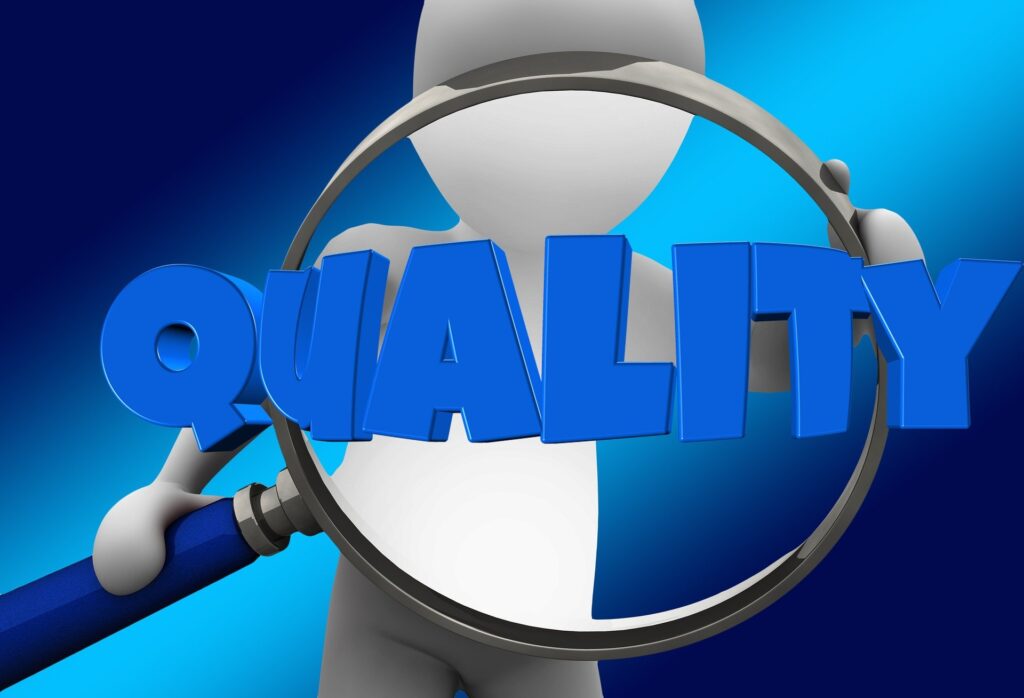What Is a Business Identity? A Complete Guide to Building a Lasting Image
When I first heard the term “business identity,” I assumed it was just a logo or a catchy name. But as I studied marketing and branding more deeply, I realized it means so much more. A business identity is the complete image your company projects to the world. It shapes how people feel about your business and plays a major role in whether they trust and choose you.
In this blog, I’ll walk you through what business identity really means, why it’s essential, and how to build one that stands out. This guide is written in simple language so anyone—even a 15-year-old—can understand it easily. Let’s get started.
What is Business Identity?
Business identity refers to the overall image, values, and voice a company presents to its audience. It goes beyond the visual elements like logos or colors. It includes how a business communicates, behaves, and delivers its promises to customers.
Imagine your business as a person. Just like people have personalities, your company does too. That personality, or business identity, helps people connect with your brand on a deeper level.
Why Business Identity Matters
Building a strong identity is not just for big companies. It’s for everyone—small businesses, freelancers, and even students starting a side hustle. Here’s why it matters:
- Recognition: A consistent identity helps people remember you.
- Trust: People are more likely to buy from a business they trust.
- Loyalty: A strong image keeps customers coming back.
- Professionalism: It shows that you’re serious about your business.
A clear identity makes it easier for people to choose you over competitors.
Key Elements of a Strong Business Identity
Creating an identity involves several key parts. Let’s break them down:
1. Business Name and Logo

These are the most visible parts of your identity. Choose a name that reflects your mission. Design a clean, memorable logo that represents your values.
2. Color Scheme and Typography
Colors and fonts create mood and tone. Blue can represent trust; red can signal energy. Choose a color palette and font style that aligns with your values.
3. Brand Voice and Tone
This is how your business speaks. Are you friendly, formal, funny, or serious? Keep it consistent in your emails, social media posts, and website content.
4. Mission and Core Values
Your mission is your purpose. Your values are your beliefs. These guide your business decisions and connect you with like-minded customers.
5. Customer Experience
How customers interact with you—online and offline—is part of your business identity. Make sure every experience reflects your values.
6. Brand Promise
What do you promise your customers? Fast service, quality products, friendly support? Make sure your business delivers on this promise every time.
Business Identity vs Branding
People often confuse business identity with branding. While they are closely related, they are not the same.
- Business Identity: The full image and personality of your company.
- Branding: The tools and strategies you use to shape that identity.
Think of business identity as the heart of your company, and branding as the outfit it wears.
How to Build a Business Identity from Scratch
Creating a business identity can feel overwhelming, but it doesn’t have to be. Here’s a step-by-step guide to make it simple:
Step 1: Define Your Mission and Values
Why does your business exist? What do you believe in? Write it down clearly. This becomes your foundation.
Step 2: Know Your Audience
Understand who you are trying to reach. What are their needs, interests, and pain points? The more you know, the better you can communicate.
Step 3: Create a Visual Identity
Design a logo, pick your colors, and choose your fonts. These should reflect your business’s personality.
Step 4: Find Your Voice
Decide how you want to sound. Keep your voice consistent in emails, social media, customer support, and ads.
Step 5: Craft a Tagline and Message
Write a short sentence that explains what you do and why it matters. This helps people understand you quickly.
Step 6: Build Your Online Presence
Make a website and create business profiles on social media. Use your identity consistently across all platforms.
Step 7: Train Your Team
If you have employees or partners, make sure they understand and represent your business identity well.
Mistakes to Avoid When Building Your Business Identity
Even good businesses make mistakes while creating their identity. Here are some common ones and how to avoid them:
- Being Inconsistent: Keep your visuals, voice, and messaging the same across all platforms.
- Ignoring Your Audience: Speak in a way that your customers understand and relate to.
- Copying Competitors: Be inspired by others, but build your own identity.
- Neglecting Feedback: Listen to what people say and improve accordingly.
Avoiding these mistakes helps build a more authentic and trusted identity.
Digital Marketing and Your Business Identity
Your business identity should be the center of your digital marketing efforts. Here’s how different digital tools support your identity:

Social Media
Platforms like Instagram, Facebook, and LinkedIn are perfect for showing your voice and values. Post consistently and engage with your audience.
Content Marketing
Blog posts, videos, and infographics help educate and inform your audience. This builds trust and positions your business as a leader.
Email Marketing
Stay in touch with your audience through regular, helpful emails. Use your tone and style in each message.
SEO (Search Engine Optimization)
When your content matches your identity and includes the right keywords, your website ranks higher in search results.
Personal Branding and Business Identity

If you’re a freelancer or influencer, your personal brand becomes your business identity. In this case, who you are and how you present yourself matters even more.
Here’s how to shape a personal business identity:
- Share your story
- Highlight your skills
- Show your personality in your content
- Engage with your audience honestly
People like to buy from people, not companies. Your personality is your biggest asset.
How to Keep Your Business Identity Strong
Once you build your identity, it needs to stay strong and grow with you. Here are a few tips:
- Review Your Identity Regularly: Is it still working for you? Is it time to refresh your visuals or message?
- Stay True to Your Values: Trends come and go, but values last.
- Ask for Feedback: Your customers can help you see what’s working and what needs fixing.
- Monitor Your Online Reputation: What people say about you online matters. Keep an eye on reviews and comments.
Measuring the Success of Your Business Identity
You can’t improve what you don’t measure. Here are ways to check if your business identity is doing well:
- Brand Awareness: Are more people recognizing your name and logo?
- Engagement Rates: Are people interacting with your content?
- Customer Feedback: Are reviews and comments positive?
- Sales and Referrals: Are people buying from you and recommending you?
These signs help you understand your progress and identify areas to grow.
Tools to Help Build and Maintain Business Identity
You don’t have to do it all manually. Here are tools to make the process easier:
- Canva: For creating visuals and branding materials
- Google Analytics: To track website traffic and user behavior
- Hootsuite: For managing social media posts
- Notion or Trello: For planning and organizing content
- Grammarly: To keep your writing consistent and professional
- Mailchimp: For email marketing campaigns
These tools save time and help maintain a professional, consistent image.
Final Thoughts
Your business identity is more than just your logo or website. It’s the full experience your customers have with you. It’s how they feel when they interact with your brand, and it’s what they remember after.
Whether you’re a startup owner, freelancer, or student entrepreneur, building a business identity is one of the best things you can do. It takes time, thought, and care—but the results are worth it.
Be clear. Be consistent. Be real.
And most importantly, build an identity that makes people say, “Yes, I trust this business.”




